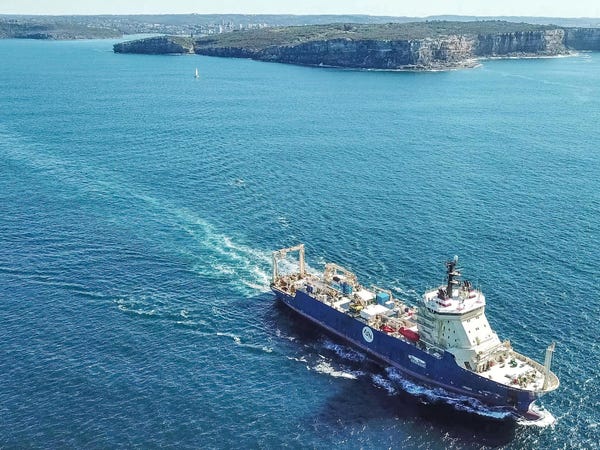A specialized vessel is required for laying underwater internet cable by plowing up to the height of a two-storey building for thousands of miles undersea.
Here’s how the tech giants, Google and Facebook are doing it.
Both Tech Giants invest in cable projects along with a consortium of other companies, Google has invested in nineteen projects. Facebook has five privately owned cable projects, and two projects are underway at present.
According to the Project In-charge, the companies have to plan at first the route they want the cable to take which could take up to a year.
The cables, about the thickness of a garden hose, are wrapped in a copper casing for electricity conduction. A plastic and steel sheathing are then added for waterproofing the cables. For Facebook’s 2Africa cable project, aluminum is used rather than copper, which is said to lower manufacturing costs and enable longer cables. 2Africa is a cable laying project which shall be covering entire continent with 37000 km of cables, only a tad shorter than the earth’s circumference.
Once the route is mapped out and the cable is made, the cable is loaded onto a specialised laying vessel which leaves port, spooling the cable behind Once it gets into deeper water, it deploys an underwater plow to dig a trench along the sea-bed into which cable is laid.
Google has 50 to 55 specialized vessels with a capacity of around 100 crew members each. Just loading the vessel would take at least 4 to 5 weeks.
When the laying vessel reaches its destination, cables aren’t able to come close to shore, then a line of buoys helps float the internet cable on the surface of the water. Finally, the cable is pulled up onto the beach to a ready-made trench, where it’s connected to a beach manhole, which in turn connects to a cable station.
Google’s Grace Hopper cable, which was laid in the UK recently, can transmit 340 terabytes of data per second. It means 175 million people could stream 4K videos at the same time.











